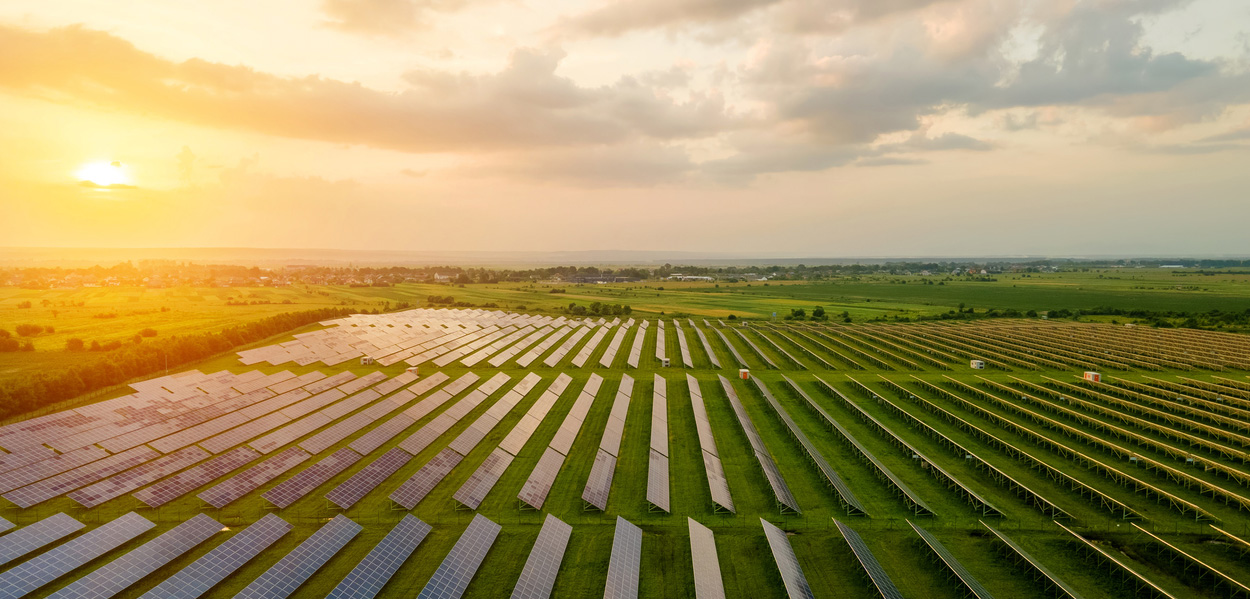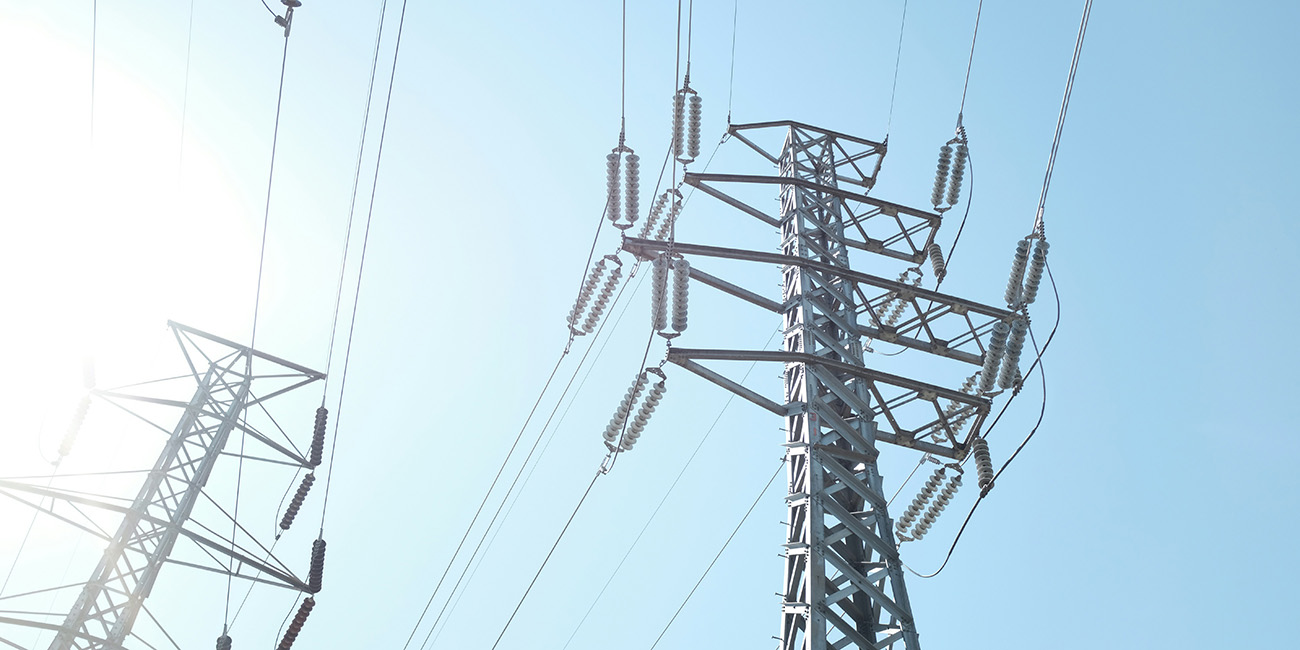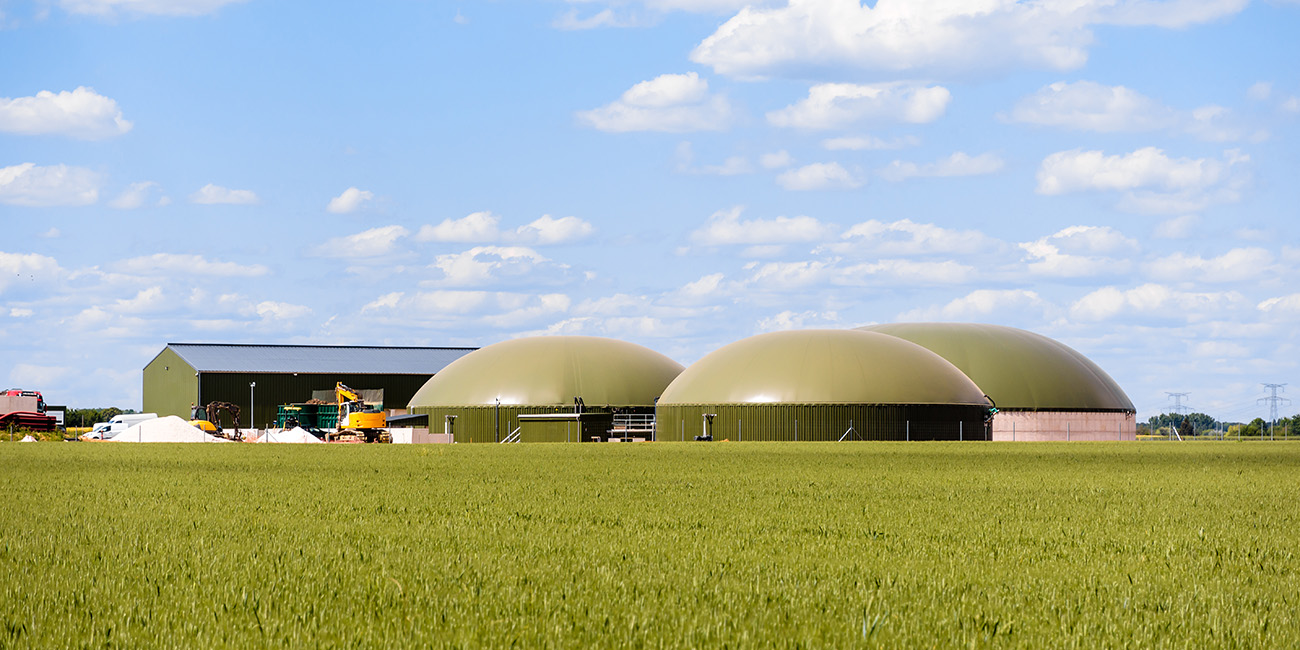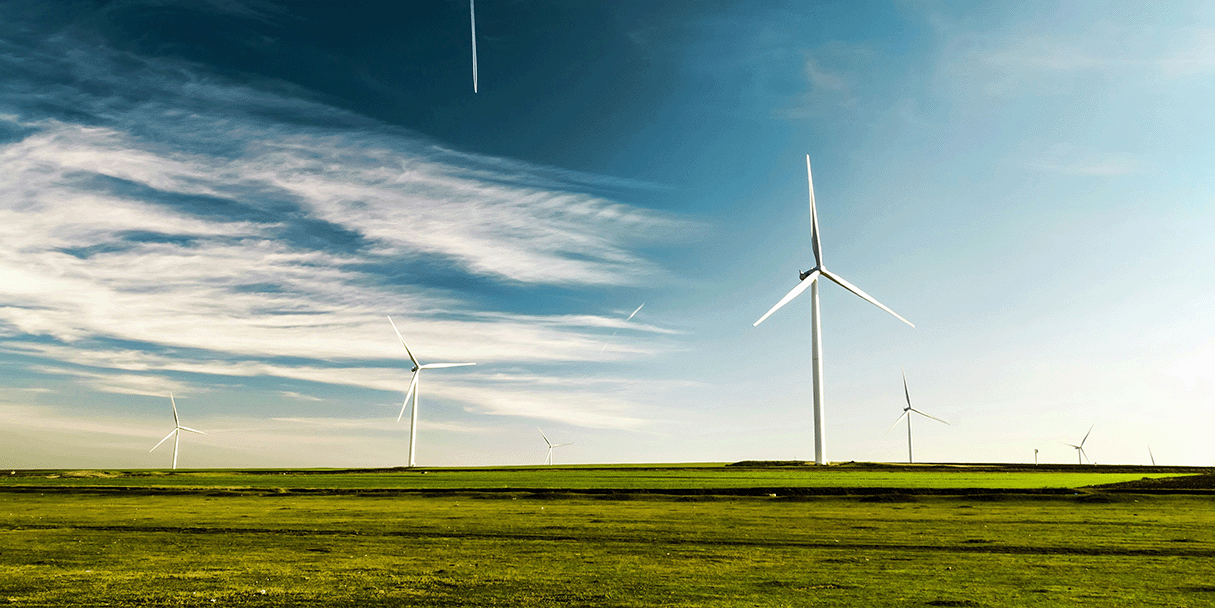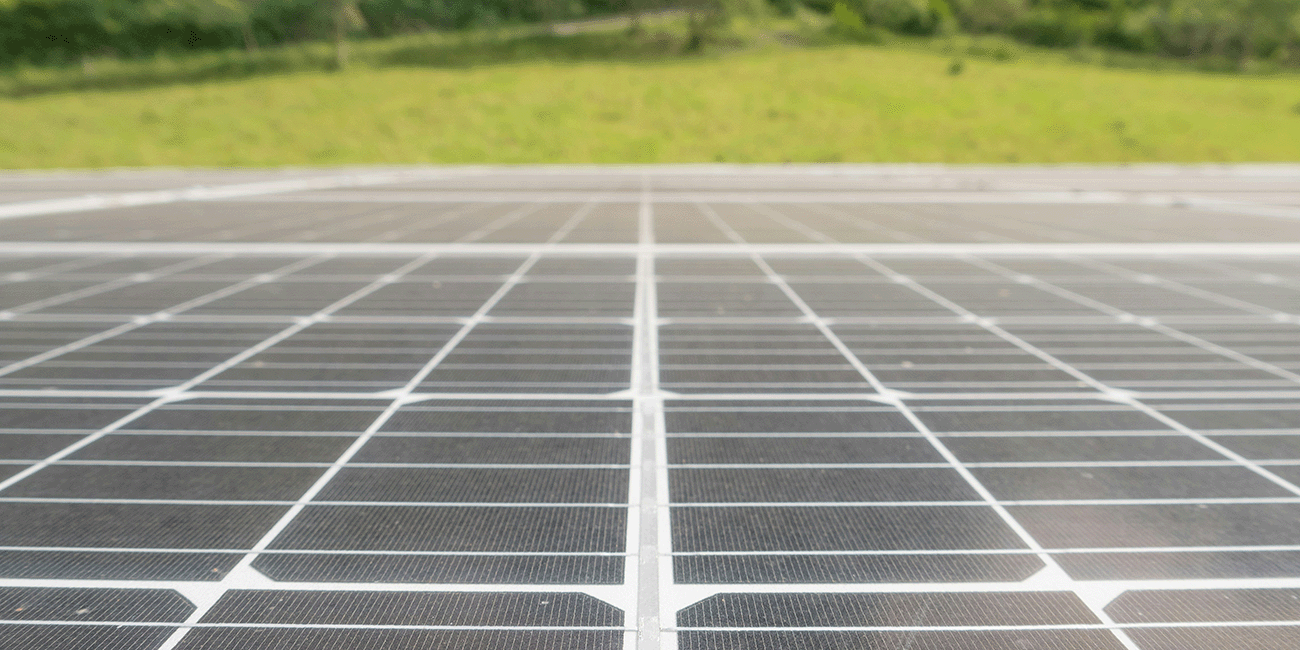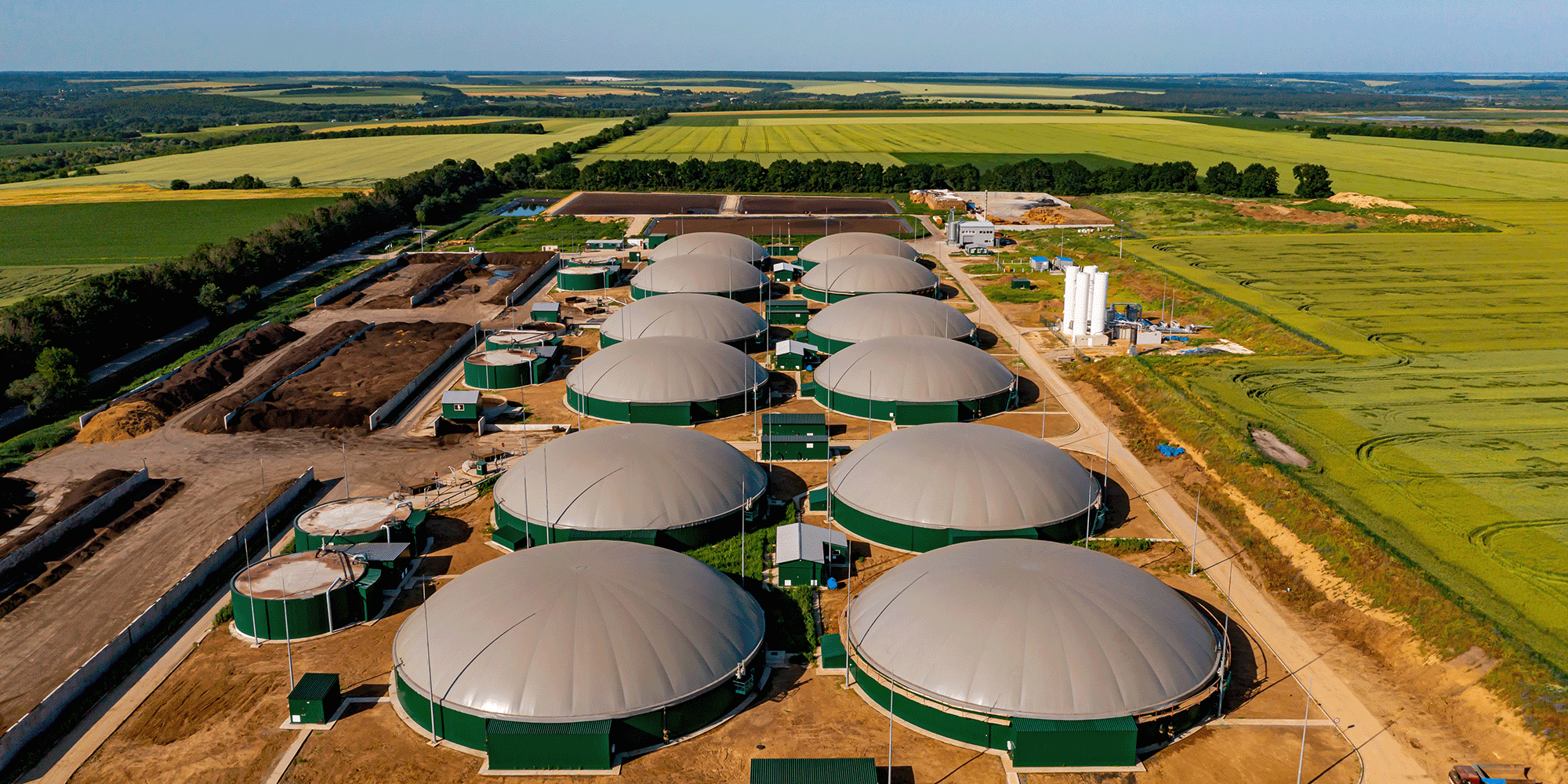As mentioned in my previous article, this article will make clarifications to Greenhouse Gas Protocol’s Scope 1. In the last article, Scope 2 was addressed (indirect emissions from the generation of purchased electricity). To make a strategy, set a target and make a plan to achieve your target, it is recommended to evaluate the scopes set forth by the Greenhouse Gas Protocol, hence this approach (in the order of the least complicated to the most challenging scope to accomplish).
Scope 1 emissions are direct emissions from your own sources (fossil fuel combustion, vehicles, waste etc.). In addition to efforts and programmes for reducing emissions, the use of carbon reducing projects (carbon offsetting) are utilized as a combined effort in combating own emissions. Keep in mind that a carbon offset is a reduction in emissions of carbon dioxide or other greenhouse gases (water vapor, carbon dioxide, methane, nitrous oxide, ozone).
“Carbon offset, any activity that compensates for the emission of carbon dioxide (CO2) or other greenhouse gases (measured in carbon dioxide equivalents [CO2e]) by providing for an emission reduction elsewhere.”
Note the word elsewhere. All of us live on the same planet and under the same atmosphere, thus investing in carbon reducing projects in any location of the world will help reaching the target set forth by the Paris Agreement.
Worth noting, there are two markets for carbon offsets. There is a compliance market for certain entities to buy carbon offsets in order to comply with the cap and trade scheme (an economic incentive to reduce emissions).
In the voluntary market, companies and governments purchase carbon offsets (existing projects or projects developed from the start) to mitigate their own greenhouse gas emissions as mentioned above (Scope 1), which is the focus for this article.
What are carbon reducing projects?
Projects are usually divided into project type such as renewable energy, energy efficiency (household devices that many of us takes for granted), agriculture (byproducts), transportation (electrification), resource recovery (reducing need for landfill space, capture and combustion of landfill gas), water (infrastructure) and forestry projects (tree planting).
Investing in projects also ensures added value to the project location and community, which supports UN’s Sustainable Development Goals (SDG). As an example, there are projects in Africa that support agriculture and tree planting. What would the result be if your company invests in existing projects with such attributes? Tree planting would reduce a certain amount of emissions which would be beneficial to everyone living under the same atmosphere (SDG 13), and projects have focus on development within agriculture thus ensuring marketable crops (SDG 1) and increased food supply (SGD 2). In addition such projects allow women to take part in this development, not only as farmers but as leaders of groups (provided access to training and guidance – SDG 5). In the Western world we are concerned with gender equality in management teams and board rooms, which is paramount in today’s modern world. By investing in specific projects, you offer the opportunity for gender equality in less developed nations.
How do you ensure you do not put your company's reputation at risk by investing in carbon reducing projects?
Simply put, you invest in projects that have been verified by a third party, such as the Gold Standard, Verra, and the Climate, Community and Biodiversity Standards (CCB). The verification, monitoring and reporting from such standards are comprehensive, transparent and credible. Carbon credits that are issued from projects have unique identifiers and the credits are permanently retired in your company’s name in emission registries. An example of a step by step process by Verra:

How is the impact identified and what can you communicate internally and externally?
Normally your emissions are of a scale that makes it a stretch to communicate that a specific project would not have happened without your investments. There are companies that make investments to ensure that projects are developed from the beginning (and such projects would not have happened without their investments). Microsoft is one of the leaders when it comes to environmental and social impact. The company follows guidelines set forth by GHG Protocol and exceeds on contributing globally.
It is crucial to understand that not all companies (small or large) can contribute as Microsoft. Without collaborative efforts many projects would not happen thus any investment into meaningful and verified carbon reducing projects will have an impact. It is better to make some investments than no investments at all. It is important to honor any action set forth by a company. Starting with the easy task of ensuring the documentation of the use of renewable electricity and/or investing in carbon reducing projects. Energy reducing efforts and energy efficiency solutions goes without saying. When bringing up communication, I find it:
Important to address the term greenwashing
Cambridge dictionary defines greenwashing as a way “to make people believe that your company is doing more to protect the environment than it really is.”
The term is used more often than it should as one should not punish companies for doing their outmost to support climate initiatives in their best capacity. Punish the companies that do nothing! In order to avoid being called upon, make sure that you follow guidelines set forth by the Greenhouse Gas Protocol and find reporting practices most suitable to your company. The reporting should ensure transparency, credibility and be supported by appropriate documentation. I will address reporting/compliance in a future article.
When communicating your target in the public, what terminology to use?
What does it mean when a company like Uniper publicly commits to carbon neutrality by 2050? In the media you can also read about public statements on net zero commitments. Many companies sign up to the Amazon pledge and their net zero vision, which is a great initiative by a company showing true leadership to combat our climate crisis.
“By signing the Pledge, companies commit to developing Paris-aligned strategies for reducing emissions. To ensure that signatories to the Pledge are not overly reliant on carbon offsetting, the framework commits signatories to prioritise energy efficiency, renewable energy and creating a closed loop for materials. Signatories must also measure and publicly report on greenhouse gas (GHG) emissions from all parts of the business.”
Is there a difference between carbon neutrality and Net Zero emissions?
The European Parliament defines carbon neutrality in the following way (hence I reckon we can agree that carbon neutrality = net zero emissions): “Carbon neutrality means having a balance between emitting carbon and absorbing carbon from the atmosphere in carbon sinks. Removing carbon oxide from the atmosphere and then storing it is known as carbon sequestration. In order to achieve net zero emissions, all worldwide greenhouse gas emissions will have to be counterbalanced by carbon sequestration.”
I reckon it is worth noting that every effort and sustainability programme count. Not all companies are equipped with the resources and budgets to make bold public announcements, yet we can all agree that it is better to do something than nothing (within a credible and transparent framework). We are starting to get quite technical hence what does carbon sequestration mean? Carbon sequestration “is the process of capturing and storing atmospheric carbon dioxide”. This brings me into the next question:
How is it possible to obtain carbon neutrality/Net Zero emissions?
- Make sure that you and your supply chain use renewable energy (as per my last article).
- Reforestation and planting new forests (afforestation) to remove and store carbon. Do NOT forget about Mangroves which stores more carbon than most of us can imagine. Mangroves also comes with other benefits playing an important role in the interaction between land and water (SDG 14).
- Carbon capture and storage (CCS). This is where CO2 is extracted from the atmosphere and stored underground.
- Direct air capture, which sucks CO2 from the air.
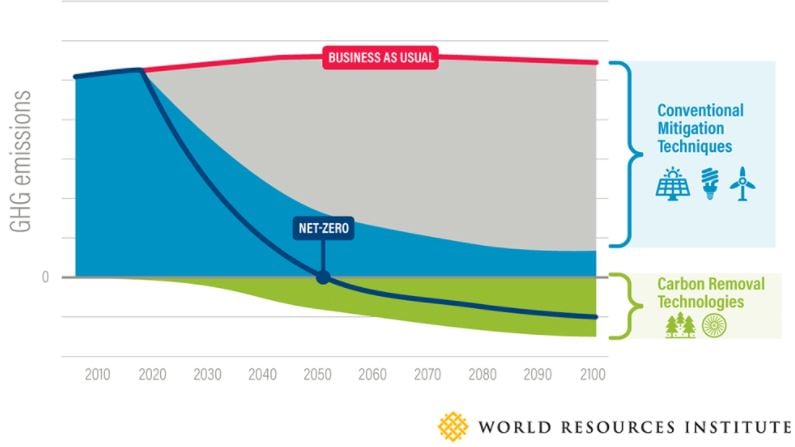
A gentle reminder, every effort count. An interesting report by IEA states that “the transition to net-zero CO2 emissions requires significant investment in clean energy technologies. Overall investment needs through to 2070 are USD 31 trillion (or 10%) higher in the Sustainable Development Scenario than in the Stated Policies Scenario, and investment in new technologies becomes increasingly important over time. In the 2060s, almost half of total annual average investment is spent on technologies that are at the demonstration or prototype stage today”. Hydro, solar and wind are widely developed. Hydrogen, carbon capture and storage, wave/tidal technologies, bio waste/biogas production, battery storage, the use of bio fuels and electrification in the transportation industry are making progress. What other clean technologies will we see in the future?
As a conclusion to this article, there are no doubts that you need to make the necessary steps to address sustainability within your organisation. It is not only a customer or supplier demand, but an employee demand (we are all individuals keeping our future generations at heart). No need to go all in. It can be baby steps. Any action taken is better than none.
What will be your next step?
The next article will address the most challenging scope – Greenhouse Gas protocol’s Scope 3 (emissions from sources not owned – your supply chain).
Feel free to send comments about your concerns pertaining to your sustainability efforts.
I am part of the Ecohz team that are providing small and large companies with climate- and renewable energy solutions.
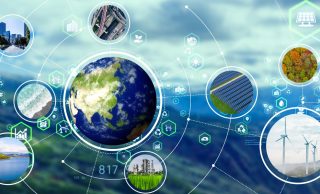

.png?width=3840&height=2560&name=Sun(1).png)

.png?width=3840&height=2560&name=Landscape_2(1).png)
